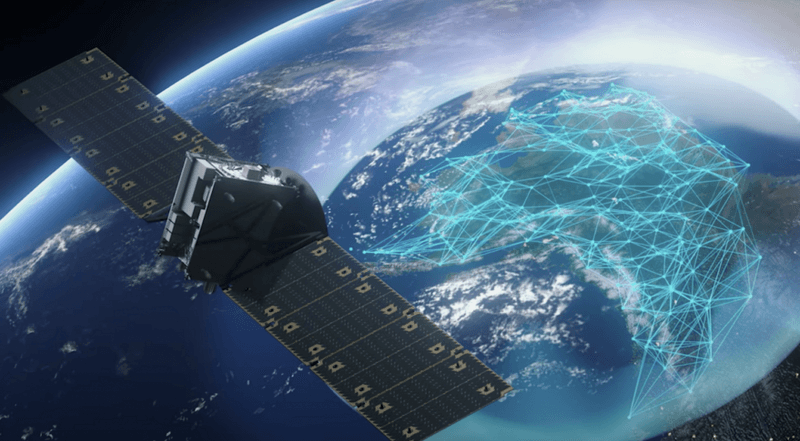The European Space Agency (ESA) is poised to advance the capabilities of earth observation technology with the upcoming launch of the Φsat-2 satellite, featuring an onboard AI computer designed to process imagery in real-time while in orbit. This launch, scheduled for later this month from Vandenberg Air Force Base in California aboard a SpaceX Falcon 9 rocket, represents a significant step in integrating artificial intelligence into space-based monitoring systems.
Despite its compact size of 8.7 by 3.9 by 13 inches, Φsat-2 is robustly equipped with a multispectral camera to capture detailed images of Earth. This technology enables the satellite to improve image quality by processing data directly in orbit, thereby enhancing the accuracy and speed of data analysis.
Following the successful deployment of Ф-sat-1 in 2020, the ESA continues to explore AI's potential to transform vast amounts of raw spatial data into actionable insights. "AI capabilities allow for more data to be processed quickly and accurately, helping to transform vast amounts of raw data into actionable insights," the ESA highlighted in its announcement.
The satellite will support a variety of projects, including cloud classification for advanced weather monitoring and maritime vessel detection. Furthermore, its capabilities extend to urban planning and disaster management; the onboard Sat2Map application will analyze images to provide emergency response teams with crucial information on accessible routes during emergencies.
In addition to its primary functions, Φsat-2 is equipped with two innovative machine learning algorithms, winners of ESA’s OrbitalAI challenge. One algorithm, developed by IRT Saint Exupery Technical Research, is designed to detect anomalies in marine ecosystems from orbit, such as oil spills or harmful algae accumulation, thus protecting marine life. The other algorithm, created by Thales Alenia Space, aims to enhance wildfire management by providing detailed data on fire spread and potential hazards, aiding firefighting efforts on the ground.
 “Φsat-2 will unlock a new era of real-time insights from space and will allow for custom AI apps to be easily developed, installed, and operated on the satellite even while in orbit,” said Nicola Melega, ESA’s Φsat-2 technical officer. This adaptability is set to maximize the satellite's value across scientific, commercial, and governmental sectors.
“Φsat-2 will unlock a new era of real-time insights from space and will allow for custom AI apps to be easily developed, installed, and operated on the satellite even while in orbit,” said Nicola Melega, ESA’s Φsat-2 technical officer. This adaptability is set to maximize the satellite's value across scientific, commercial, and governmental sectors.
This innovative mission not only underscores ESA's commitment to pioneering space technology but also sets a new benchmark for the integration of AI in enhancing global monitoring and response strategies. The launch of Φsat-2 is a clear indicator of the evolving role of artificial intelligence in shaping the future of Earth observation.